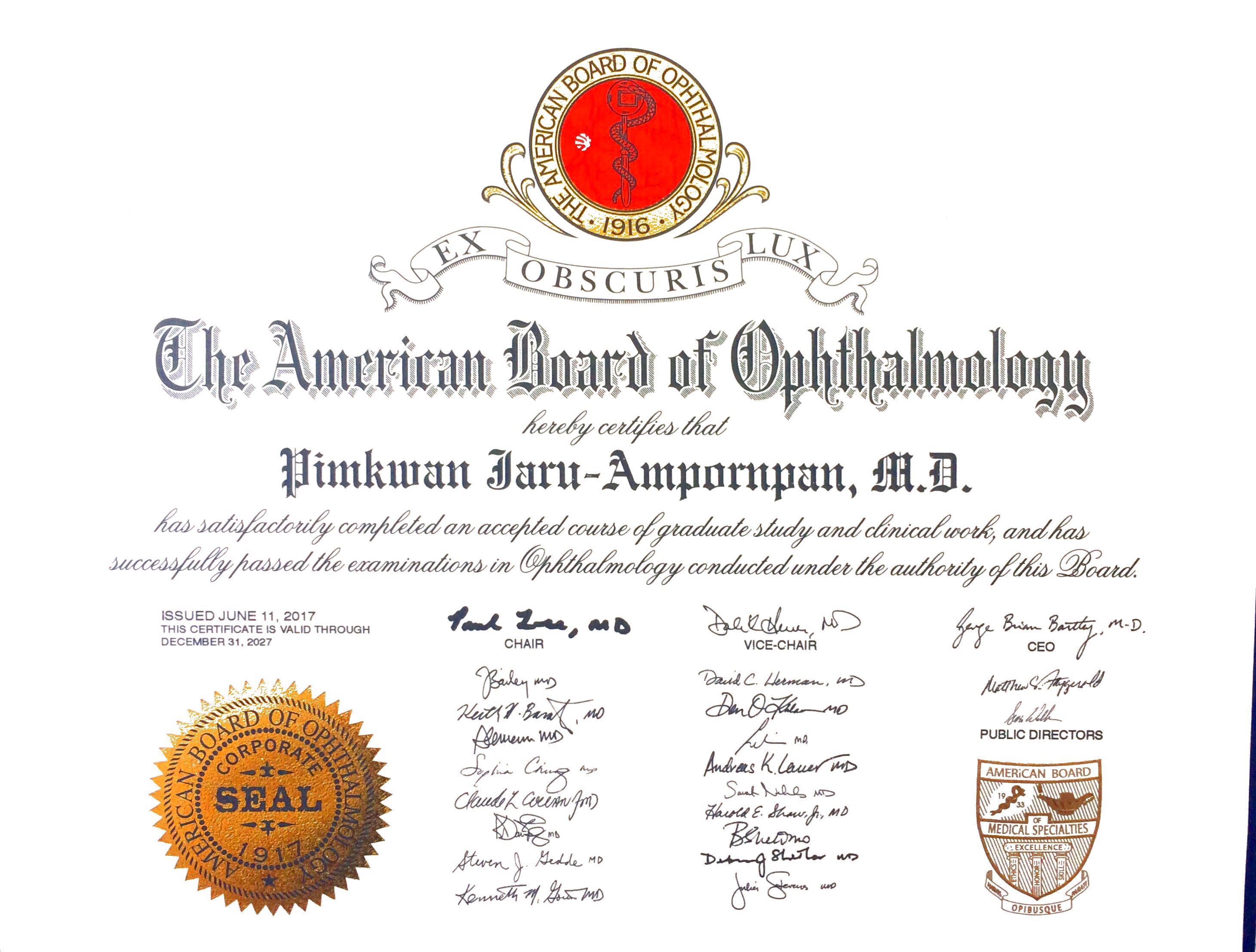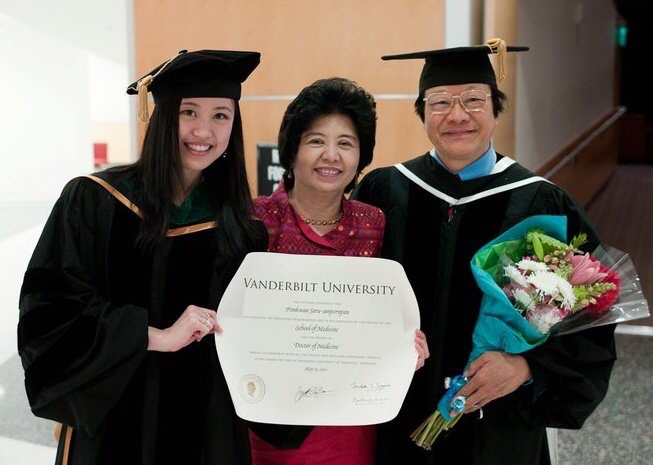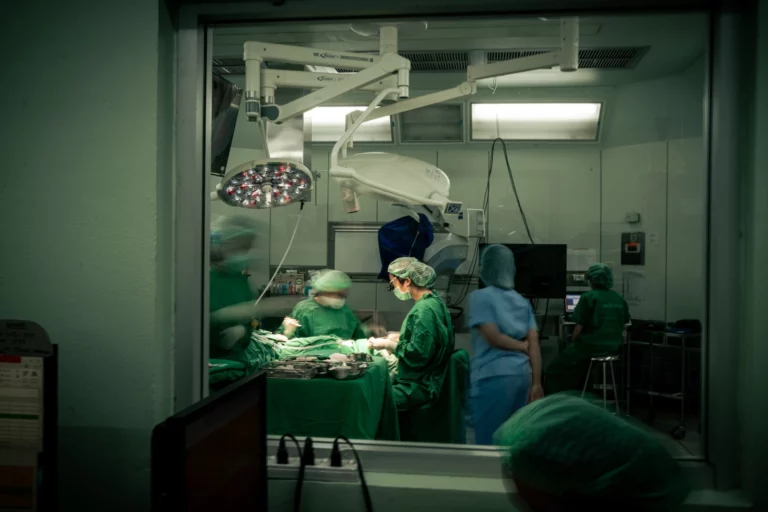Which Specialists Are Trained in Eyelid Surgery?
- Ophthalmologists An ophthalmologist undergoes three years of residency training in ophthalmology after completing the compulsory medical internship.
- General Ophthalmologists During residency training, general ophthalmologists receive instruction in performing basic eyelid surgeries that are not highly complex. These typically include procedures such as double eyelid surgery (blepharoplasty), correction of droopy eyelids (ptosis repair), and treatment of eyelid malpositions such as entropion or ectropion.
- Oculoplastic and Reconstructive Surgeons After completing ophthalmology residency, oculoplastic and reconstructive surgeons undergo an additional 1–2 years of fellowship training. This advanced training equips them to perform more complex eyelid surgeries, as well as intricate orbital and lacrimal (tear duct) procedures.
- Plastic and reconstructive surgery can be broadly divided into two major branches.
- Surgeons complete a five-year residency in General Surgery after medical school, followed by an additional three-year specialized training in Plastic Surgery.
- After completing medical school and the required internship, surgeons may enter a five-year residency in Plastic and Reconstructive Surgery.
- Otolaryngologist, ENT surgeon undergoes a three-year residency training program after completing medical school and internship. They may then pursue an additional two-year fellowship in Facial Plastic and Reconstructive Surgery
The Path to Becoming an Oculoplastic and Reconstructive Surgeon
Assistant Professor Dr. Pimkwan completed her medical education and training in the United States, summarized as follows:
High School Education
Triam Udom Suksa School (Selected as one of only nine students nationwide to receive the prestigious Royal Thai Government Scholarship during Grade 12, granting the opportunity to pursue medical education abroad.)
Boarding school Grade 12
Choate Rosemary Hall, Wallingford, Connecticut, USA — 1 year
Bachelor’s degree
Harvard College, Harvard University, Cambridge, Massachusetts, USA
Bachelor’s degree in Biochemical Sciences, Magna Cum Laude
Minor in Health Policy and Chinese Language (Chinese Language Citation)
— 4 years
Medical School (MD)
Vanderbilt University School of Medicine, Nashville, Tennessee, USA — 4 years
Internal Medicine Internship
Steward Carney Hospital, Tufts University School of Medicine, Boston, Massachusetts, USA — 1 year
Ophthalmology Residency
University of Wisconsin, Madison, Wisconsin, USA — 3 years
Oculoplastic Fellowship
University of Michigan, Kellogg Eye Center, Ann Arbor, Michigan, USA — 2 years
Completed a total of 15 years of education and training in the United States.



Board-certified in Ophthalmology by the American Board of Ophthalmology, with additional subspecialty certification in Oculoplastic and Reconstructive Surgery from the American Society of Ophthalmic Plastic and Reconstructive Surgery (ASOPRS). At present, this is the only Thai ophthalmologist practicing in Thailand who has attained both of these distinguished American board certifications.



Types of Eyelid Surgery
Eyelid surgery can be broadly divided into two main types
- Functional or Reconstructive Surgery
- Cosmetic Surgery
In practice, reconstructive and cosmetic eyelid surgery often overlap. A successful eyelid procedure must provide both functional improvement and natural aesthetics. If cosmetic eyelid surgery compromises function, such as leading to incomplete eyelid closure, the result is unsatisfactory for both patient and surgeon.
Pimkwan Jaru-ampornpan, MD
Assistant Professor and Chief of Oculoplastic Service, Department of Ophthalmology, Faculty of Medicine Siriraj Hospital, Mahidol University




